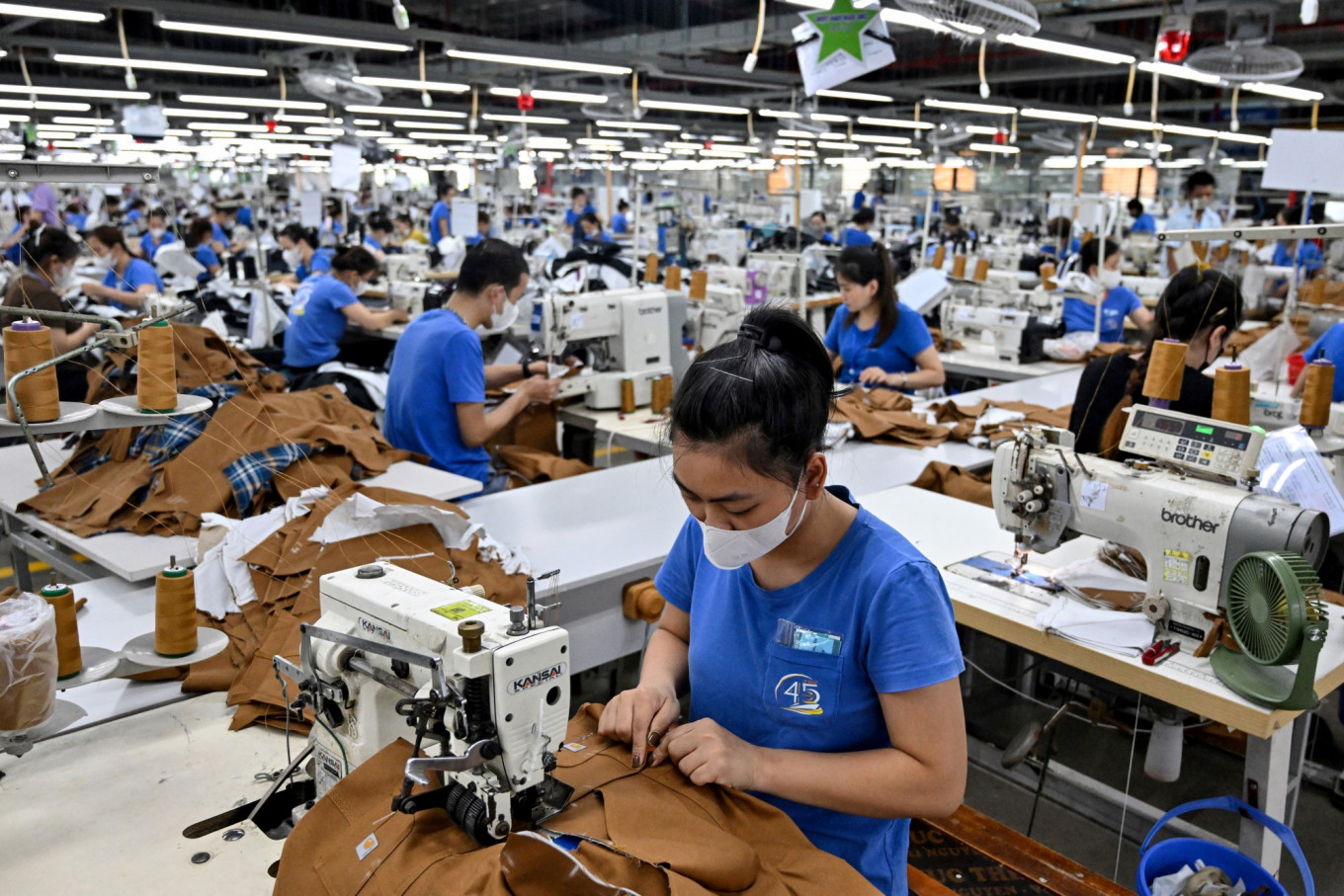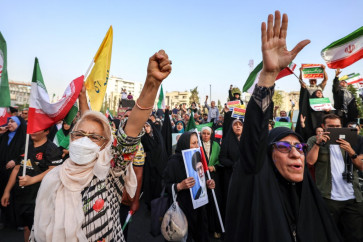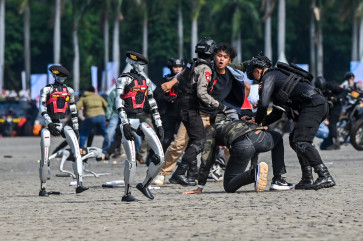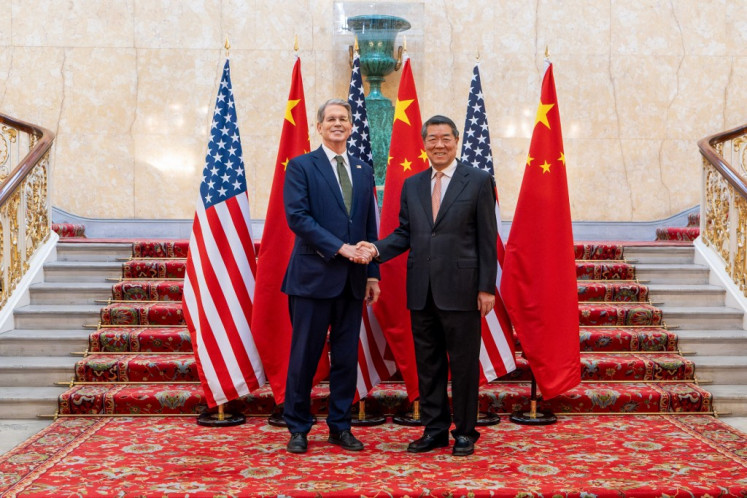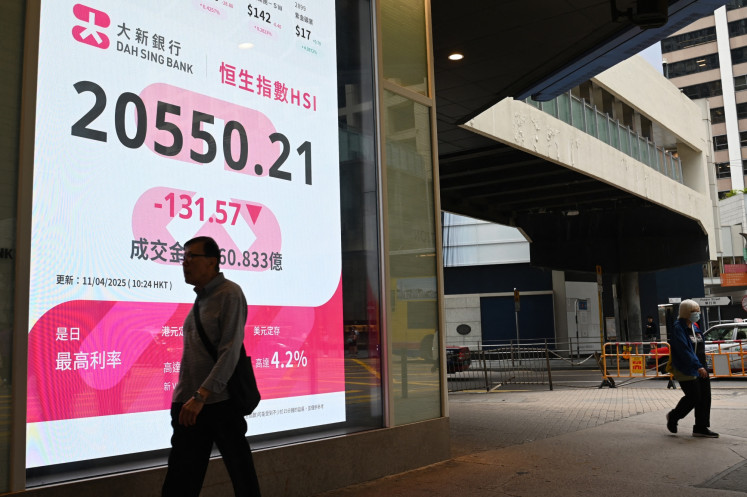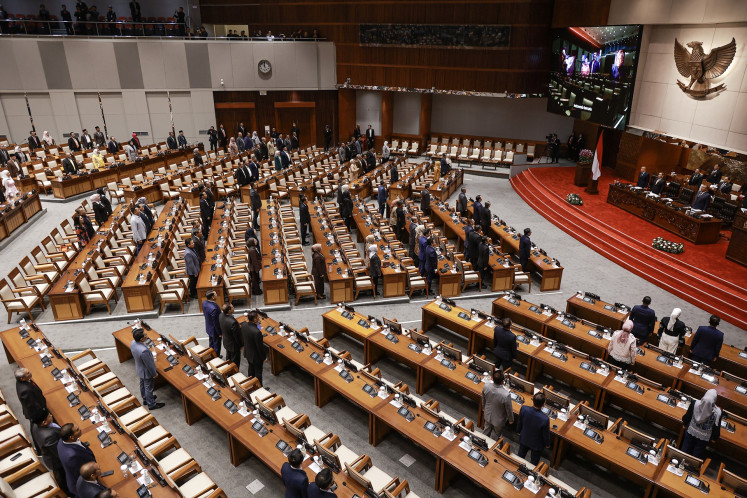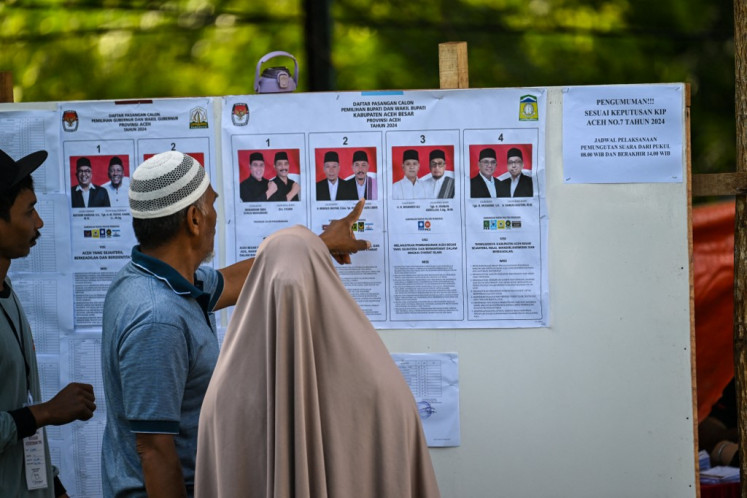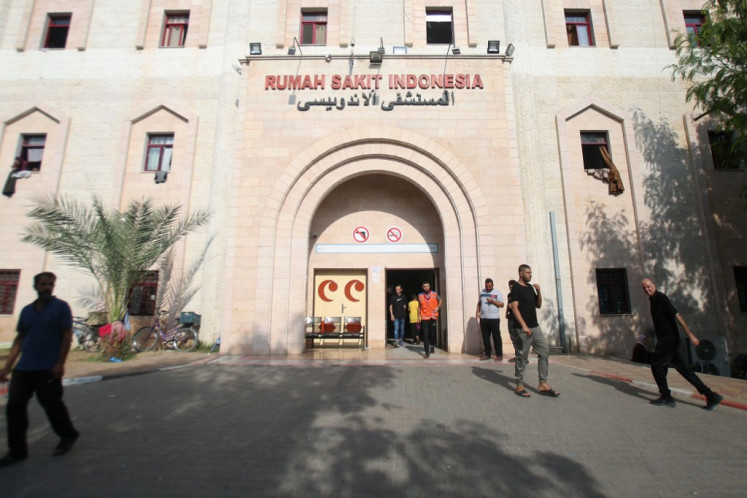Popular Reads
Top Results
Can't find what you're looking for?
View all search resultsPopular Reads
Top Results
Can't find what you're looking for?
View all search resultsTrump says he will put 20 percent tariff on Vietnam's exports
The figure is lower than the April announcement that US importers of Vietnamese goods would have had to pay a 46 percent tariff.
Change text size
Gift Premium Articles
to Anyone
T
he United States will place a lower-than-promised 20 percent tariff on many Vietnamese exports, Donald Trump said on Wednesday, cooling tensions with its tenth-biggest trading partner days before the US president could raise levies on most imports.
Vietnamese goods would face a 20 percent tariff and transshipments from third countries through Vietnam will face a 40 percent levy, he said. Vietnam could import US products with a zero percent tariff, he added.
"It is my Great Honor to announce that I have just made a Trade Deal with the Socialist Republic of Vietnam," Trump said on Truth Social after speaking with Vietnam's top leader, To Lam.
Trump's announcement comes just days before a July 9 deadline before he ramps up tariffs on most imports, one of the Republican's signature economic policies.
Under that plan, announced in April, US importers of Vietnamese goods would have had to pay a 46 percent tariff.
Details were scant. It was not clear which products Trump's 20 percent tariff would apply to, or whether some would qualify for lower or higher total duties.
Also left to later discussion was how the new transshipment provision, aimed at products largely made in China and then labeled "Made in Vietnam," would be implemented and enforced.
The Vietnamese government did not confirm the specific tariff levels in a statement celebrating what it described as an agreement on a joint statement about a trade framework.
Vietnam would commit to "providing preferential market access for US goods, including large-engine cars," the government in Hanoi said.
A deal between the two countries would be a political boost for Trump, whose team has struggled to quickly close deals with Washington's biggest trading partners ahead of the deadline.
While the administration has teased a forthcoming deal with India, truces reached earlier with Britain and China were limited in scope. Talks with Japan, the United States' sixth-largest trading partner and closest ally in Asia, appeared to hit road blocks.
The US is Vietnam's largest export market and the two countries' growing economic, diplomatic and military ties are a hedge against Washington's biggest strategic rival, China. Vietnam has worked to retain close relations with both superpowers.
Shares of major US apparel and sportswear makers including Nike, Under Armour and North Face maker VF Corp closed higher on Wednesday on the news.
Lam also asked Trump for the US to recognize Vietnam as a market economy and remove restrictions on the exports of high-tech products to the country, Vietnam said. Those changes have long been sought by Hanoi.
The White House and the Vietnamese trade ministry did not respond to requests for additional comment.
Growing trade ties
Since Trump imposed tariffs on hundreds of billions of dollars in Chinese goods in his 2017-2021 term, US trade with Vietnam has exploded, though almost all of it in the form of goods to the United States from Vietnam as importers sought workarounds for the China levies.
Since 2018, Vietnam's exports are up nearly threefold from less than US$50 billion that year to about $137 billion in 2024, Census Bureau data shows. US exports to Vietnam are up only about 30 percent in that time - to just over $13 billion last year from less than $10 billion in 2018.
"'Transshipping' is a vague and often politicized term in trade enforcement," said Dan Martin, business adviser at Dezan Shira & Associates, on LinkedIn. "How it's defined and how it's applied in practice will shape the future of US-Vietnam trade relations."
Trump announced a wave of tariffs for countries around the world on April 2, before pausing the implementation of most duties until July 9. More than a dozen countries are actively negotiating with the Trump administration to avoid a steep spike in tariffs on their exports.
Britain accepted a 10 percent US tariff on many goods, including autos, in exchange for special access for aircraft engines and British beef.
Like the agreement struck with Britain in May, the one with Vietnam resembles a framework rather than a finalized trade pact.
China and the United States also came to a truce in a tit-for-tat tariff battle in which Beijing restored American access to some rare-earth minerals, but the two sides left most of their disagreements to later negotiations.
"Had Trump stuck with 46 percent, much higher than the current tariff on China, Vietnam feared it would be disadvantaged by its competitors especially in Southeast Asia," said Murray Hiebert, a senior associate with the Southeast Asia program at CSIS, a think tank.
"This likely would have dented Vietnam's trust in the US and it might have toned down some of its security cooperation with Washington."

